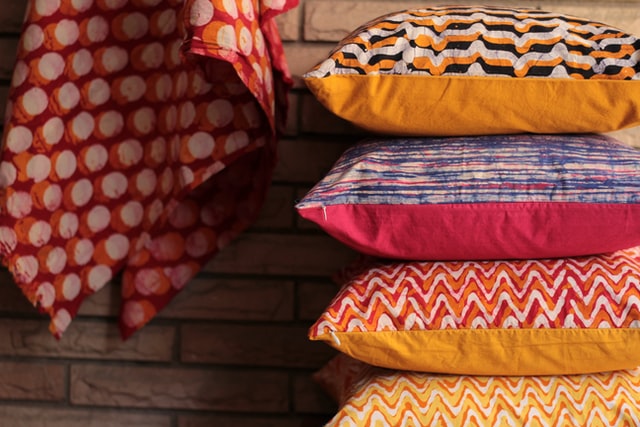The Vrindavan Hunar Haat was inaugurated by the UP CM, Yogi Adityanath. Apart from the dazzling and humbling display of the wide variety of art forms that India has come to be known for, there was a distinct aura of inclusivity throughout the event, which made it even more popular. This comes close to the UN Secretary General’s remarks on how peace is incomplete without inclusion.
The Hunar Haat was presented in all its glory for the 31st edition in UP, and it was well received by visitors, experts and the media alike. While there was plenty of buzz around the world famous art forms and the new kinds of art that had been adapted for a more global market as well, the point that definitely stood out was the fact that the community of artisans were tied together by a single thread of inclusion on the same platform. This is especially heartening because these communities of artisans have been born and bred over generations where their roles in society have been cemented – for better or for worse. And in a country like India, these roles more often than not, come with hierarchy and ranks within the social structures as well.
Breaking the tradition of being looked down upon, these artisans were able to stand on a single platform and celebrate art rather than their social standing. This was highlighted in the address by the CM when he said, the art form should be respected and inclusion must be rendered to everyone standing there.
In the recent past, it has been seen that the global demand for art forms from India has led to more modern designs and renditions, thus making these artisans more aware. Further, e Commerce and the global village concept have made such markets more accessible for such artisans, thereby removing not only geographical borders, but also creating better awareness, economic opportunities and more mainstream inclusion.


























